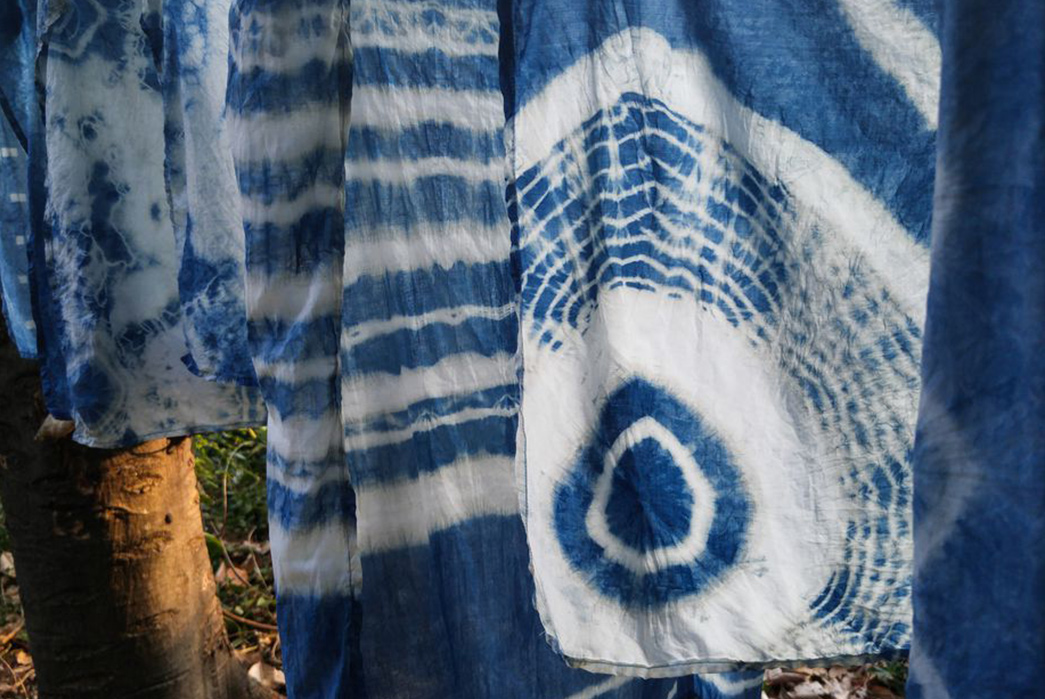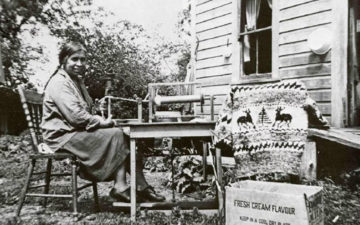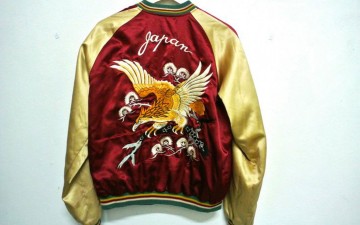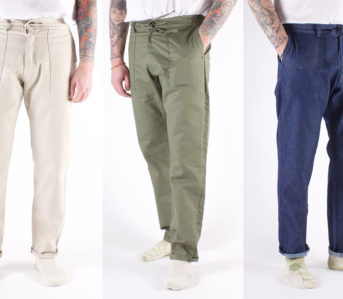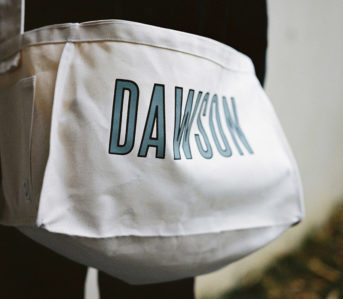My most vivid memories of tie-dye took place at a rather tedious summer camp I attended. As a child, I was loath to be away from home for extended periods, especially if I was forced to be active and outdoors, but one of the few consolation prizes from that hot, boring summer was the tie-dye t-shirt I was allowed to take home.
For many of us, tie-dye was a homegrown, arts and crafts experience brought unto us by burnt-out camp counselors or just as a way to while away the long summer days. Though those vibrant, multi-colored tees might call to mind hippies and Deadheads, “tie-dyeing” is just our simplified, americanized nomenclature for a process called resist dyeing.
If you’ve been in the fashion history game for a while, it’s maybe not surprising that something so seemingly commonplace as tie-dye could have rich, complex roots; but on closer inspection it’s honestly amazing how diverse and far-reaching this technique is and how it came to culminate in one stoner classic.
Resist Dyeing
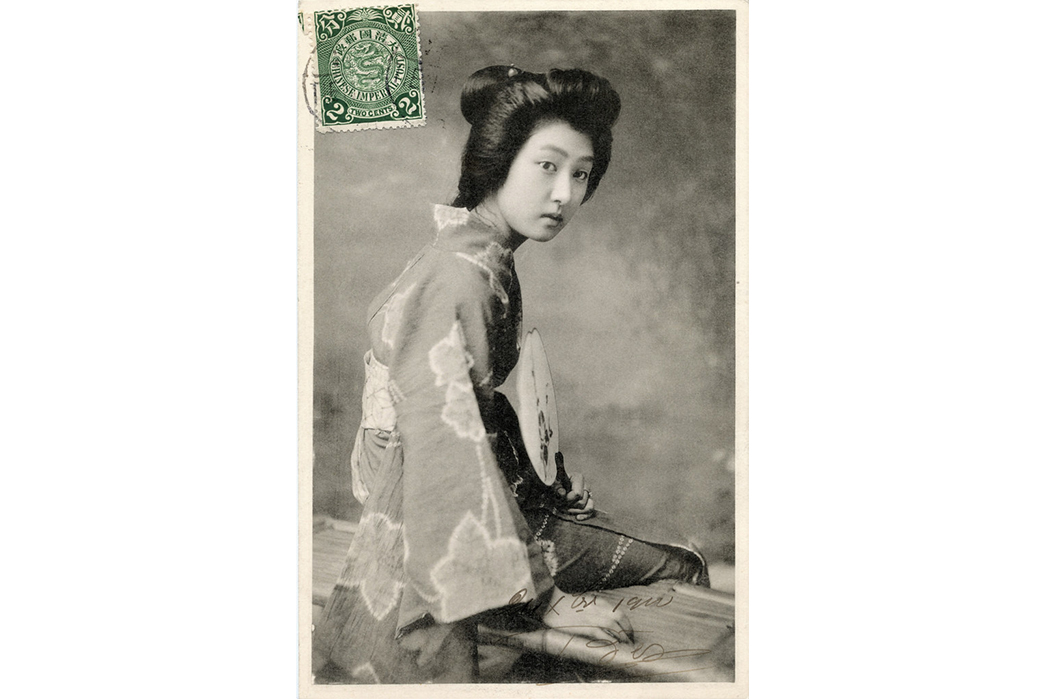
A woman in Shibori. Image via Flickr.
Resist dyeing is any form of dyeing where certain parts of the fabric are purposefully blocked from receiving the dye. In the case of tie-dye, this effect is achieved by tightly tying the fabric (usually cotton t-shirt) in such a way that a pattern is made.
The inner tied parts don’t receive the dye and the outermost portions do. What’s fascinating about resist dyeing is that many, many cultures across the globe have independently developed some form or resist dyeing and many have their own forms of tie-dye as well.
Perhaps the best-known of these resist dyeing techniques is Shibori, a Japanese tradition that closely resembles tie-dyeing in its most classic form. While there are a number of shibori techniques, some of the earliest mentions of the technique date back to 283 C.E. in Chinese chronicles, although that particular fabric mentioned probably used wax in order to achieve the resist-dyed effect.
What’s so interesting is that many cultures across the globe all developed some form of resist-dyeing around this time, although it’s harder to prove that without mentions in the historical record. The West coast of Africa had an incredibly rich history of textile development, particularly before the encroachment of European slavers, and there’s evidence that a similar style of dyeing was developed as far away as Peru!
Like many other textile inventions, there seems to be something intuitive and natural about tie-dyeing, so much so that incredibly disparate peoples all simultaneously invented the practice.
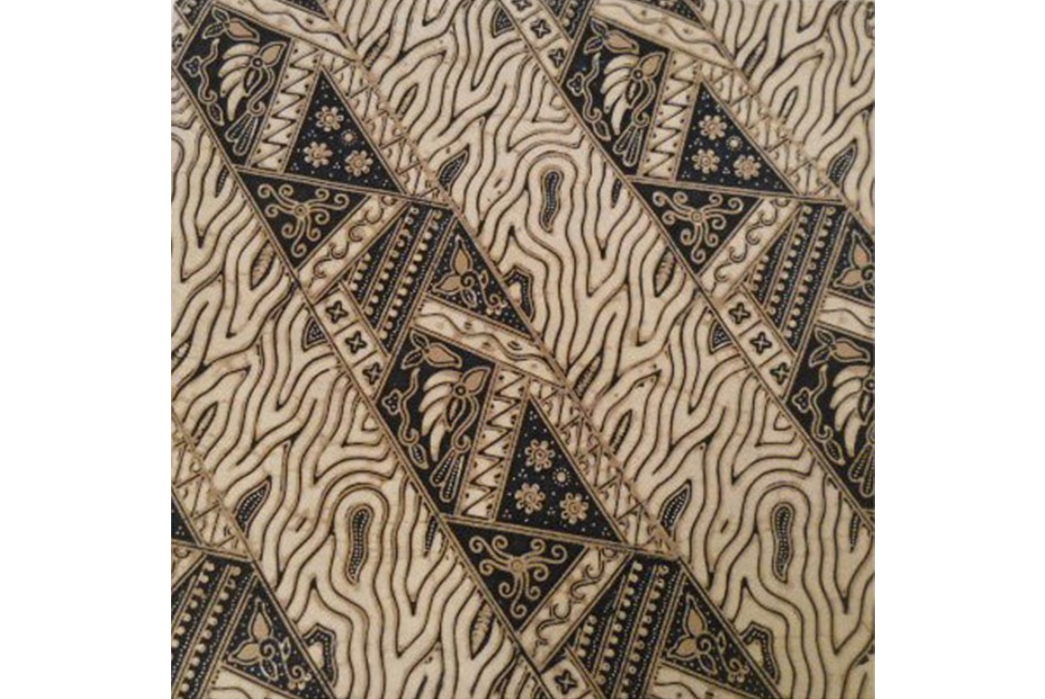
Vintage Indonesian Batik. Image via Rare Asian Antiques.
A conclusion one might draw from this is that there’s something innately human in the resist-dyeing technique. One of the most famous and complex is Batik, an Indonesian tradition that involves a significantly more time-consuming practice of stamping or drawing wax onto a fabric before you dye it, in order to make the negative space in the final piece.
An Indian style of the same practice is called Bandhani, which involves tying a thread through a cloth before dyeing, to make tiny, tiny bindings, which shield parts of the fabric from the dye and create the negative space of the design after the rest of the fabric is dyed and they are opened back up.
Tie Dye Stateside
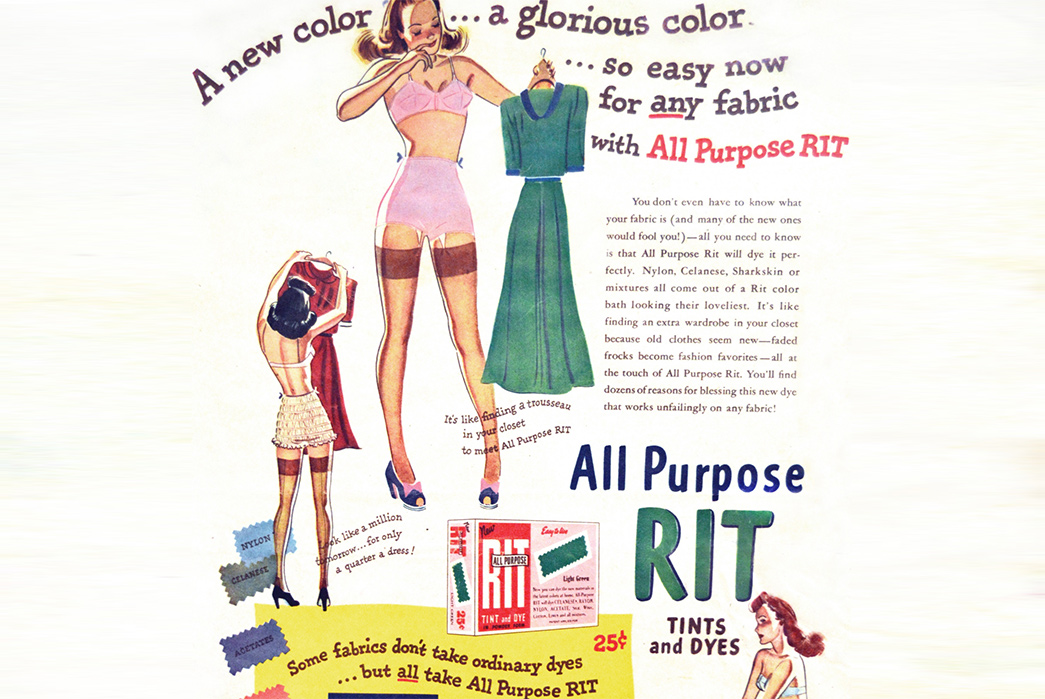
Image via Rit Dye.
Even though tie-dye is born of a long, multicultural history of resist-dyeing, most people most closely associate the style with the counter culture in the U.S. during the 1960s and 70s. It’s hard to say exactly how the style came to the States, but there are a few credible guesses, which likely happened in tandem, much like the original creation of the technique in antiquity.
One theory revolves around Rit Dye, a struggling brand, which in the 1960s was desperately trying to save their home-dyeing brand. Allegedly, an executive named Don Price took the rather unorthodox step of marketing the pretty unhip brand to artists in Greenwich Village, a hotbed of the nascent counter culture.
This tie-dye theory attributes Don’s savvy marketing with the invention of American tie-dye, by presenting hippies with the means to resist-dye garments. But there are likely other factors at play.
This particular era of American history saw many men and women traveling abroad: veterans of the Second World War and folks fighting in Vietnam would both have had exposure to East and South Asian dyeing techniques and Peace Corps volunteers in the 1960s also had a chance to witness the rich textile industries in West Africa.
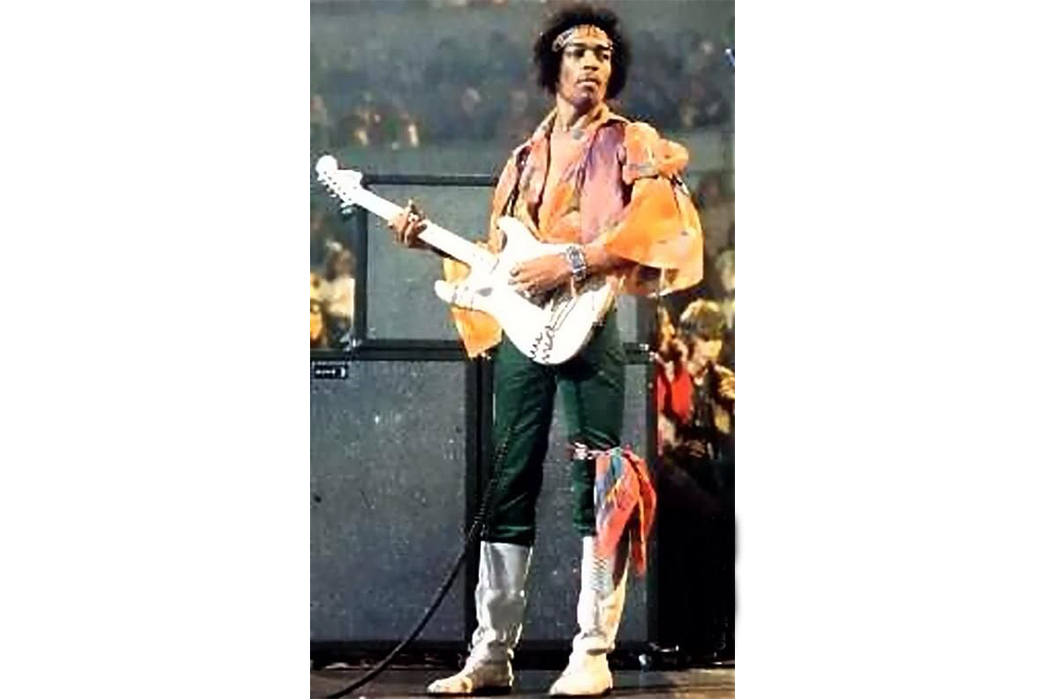
Jimi Hendrix in Tie Dye. Image via Hip Happy.
Regardless of how Tie Dye came to arrive in the States, the 1960s proved a perfect time for the style to take hold in the collective subconscious. Janis Joplin, Jimi Hendrix, and a few others wore tie dye onstage at Woodstock in 1969.
Rit Dye was even involved with Woodstock, apparently requesting that the artists make several hundred t-shirts to sell. Around this same time, crafty Americans began talking and writing about Batik and some of the traditional methods of resist-dyeing mentioned above.
Tie Dye at Home
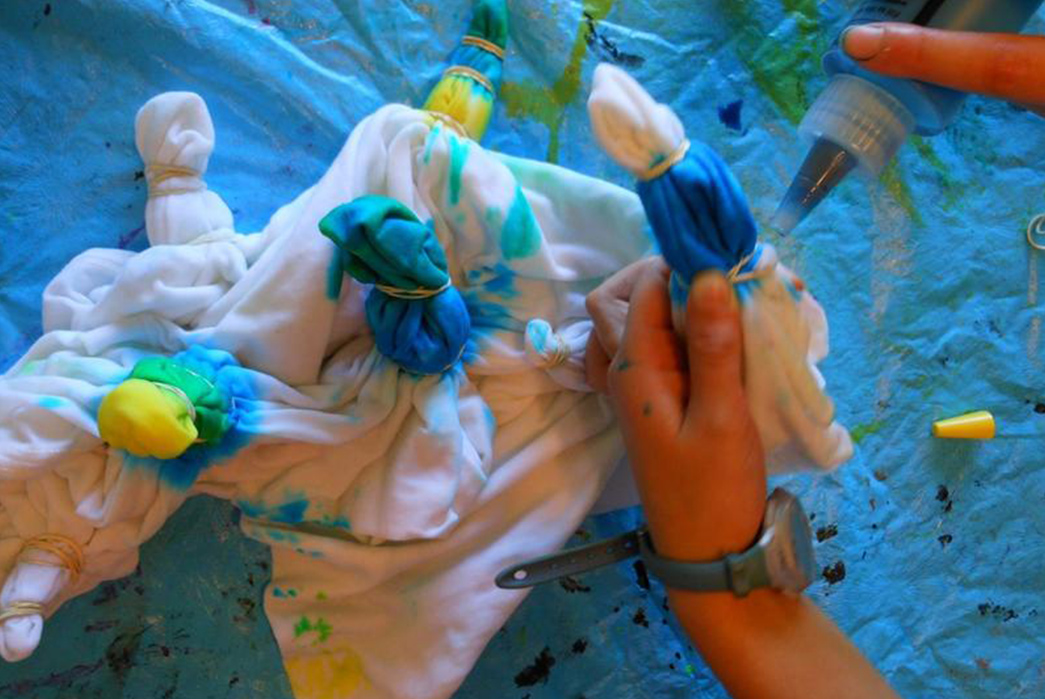
Image via Groovy History.
Tie Dyeing is supremely easy to do at home! There is no shortage of online tutorials and the combinations of colors and styles are practically endless. Tie Dye is a great way to revive an old white tee (I know you have a couple lying around) and to experiment with one of the oldest human dyeing techniques in existence.
There are plenty of ready-made tie dye kits floating around, but you can do the thing from scratch if you want. Maybe you want to use natural dyes, or finally use that indigo-dyeing kit your mom got you for Hannukah, etc.
All you really need is a tub, rubber bands, and most kits will supply the rest. Tie Dye brings together all manner of fashion enthusiasts, be they pseudo-hippies or textile history nerds. Regardless, know that by resist-dyeing, you take part in that most human of activities—spraying color on stuff.

